Knife Mitigation workshops.
Our recent Knife Mitigation workshops inspired me to write this blog. It is neither a technical tutorial nor a comprehensive list of do’s and don'ts. Its purpose is to encourage you to think and face the potential dangers of an attack with an edged weapon. There are a myriad of courses out there for you to choose from, so choose wisely!
Knife crime and assault with edged weapons are - or appear to be - on the rise. It is easy to fall into the trap of believing that there is little that you can do. Indeed, defence against a knife is risky as you don't have to be skilled to do severe damage, maim or kill.
The best option, by far, is not to be there. Environmental awareness is critical here; if your spidey senses tell you something is wrong, listen and act. Remove yourself and anyone with you from the scene.
If you cannot remove yourself, our next goal is to limit damage and survive. Don't go against a knife empty-handed unless you have no choice. However, you will rarely find yourself with sufficient time and opportunity to grab an “equaliser” or impromptu defensive weapon.
The knife can be used to intimidate, stab and slash a victim. Intimidation is a method of control; for this, the potential victim must have seen the weapon. It is to make it easier for the attacker to get what they want, but it doesn't mean that the attacker won't stab, cut or slash you afterwards. Sometimes, damage is the goal, and it can disorientate you and make you less aware of what is happening around - and to - you.
Stabbing and slashing motions tend to be rapid-fire, repetitive actions intended to do the most damage in the shortest time. We must neutralise the weapon as soon as possible and keep damage limitation at the forefront of our practice. The longer the confrontation, the greater the potential damage.
Our defensive skill set must be simple and practised repeatedly until it becomes second nature. We don't want to think about it as we protect ourselves, it will slow us down. To this end, we must consistently revisit and refine our practice.
Damage limitation doesn't mean that you will not get cut. Of course, in an ideal world, the blade would never get near you - but we don't always get what we want. If you do get cut or stabbed, there will be blood, and when adrenaline is high, even a tiny cut or nick can result in a lot of blood, but adrenaline also masks pain. We have to continue, and we have to survive. The potential alternative is that we die! We can check for damage afterwards.
Your actions should be decisive. Once you have started, you must lead, as playing catch-up could prove fatal. Strike hard, and strike fast!
Train with intent, train safely, and ask questions.


